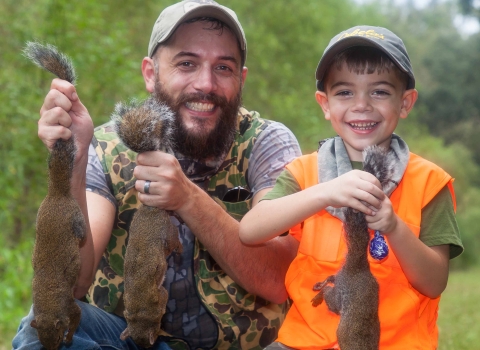Visit Us
Visitors enjoy fishing, hunting, hiking, paddling, wildlife viewing, and wildlife photography and observation. The refuge is home to a national champion bald cypress, one of the largest tree of any species east of the Sierra Nevada mountain range. Estimated to be about 1,500 years old, the tree is 96 feet tall, 17 feet in diameter and 56 feet in circumference.
Location and Contact Information
About Us
Cat Island is located near the town of St. Francisville, Louisiana, 30 miles north of Baton Rouge. The refuge was established to conserve, restore, and manage native forested wetland habitats for migratory birds, aquatic resources and endangered and threatened plants and animals.
What We Do
Wildlife conservation is at the heart of the National Wildlife Refuge System. It drives everything on U.S. Fish and Wildlife Service lands and waters managed within the Refuge System, from the purposes for which a national wildlife refuge national wildlife refuge
A national wildlife refuge is typically a contiguous area of land and water managed by the U.S. Fish and Wildlife Service for the conservation and, where appropriate, restoration of fish, wildlife and plant resources and their habitats for the benefit of present and future generations of Americans.
Learn more about national wildlife refuge is established, to the recreational activities offered, to the resource management tools used. Using conservation best practices, the Refuge System manages Service lands and waters to help ensure the survival of native wildlife species.


